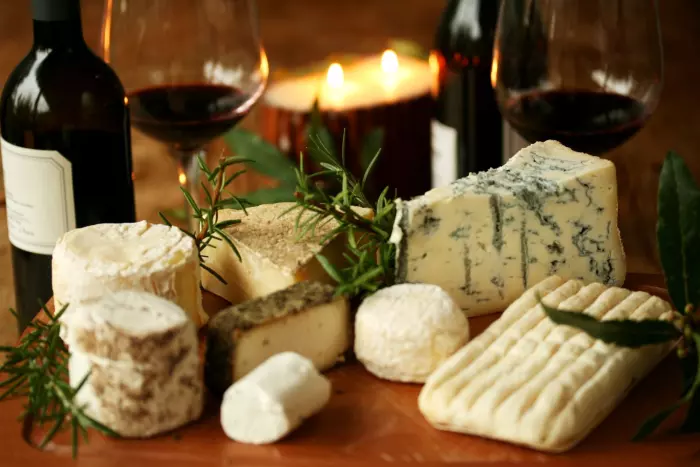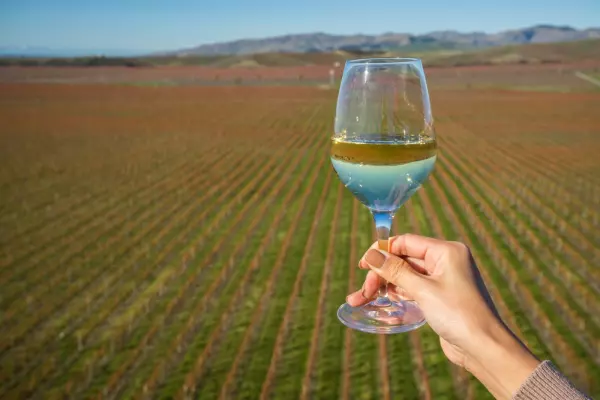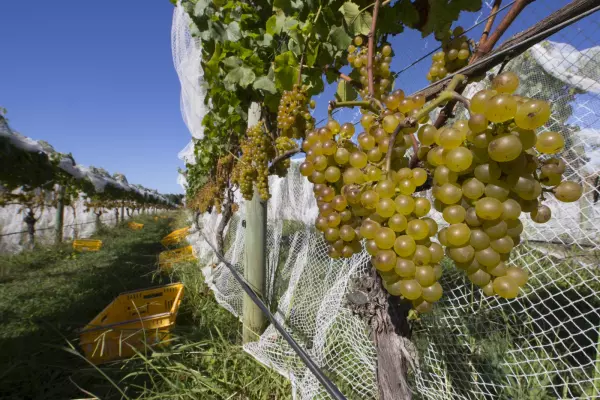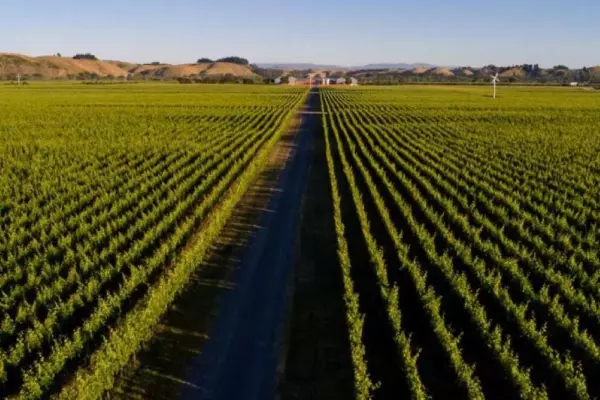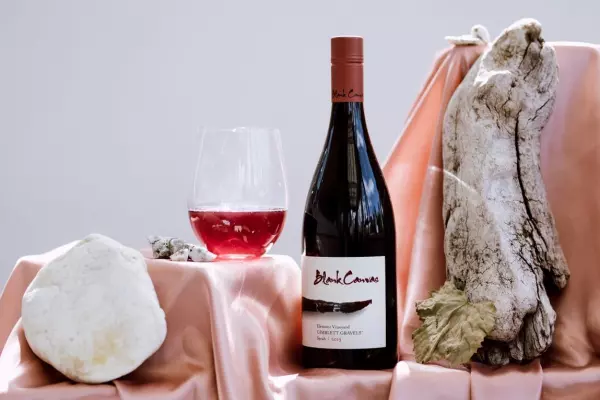Cheese is a tannin-tamer, as anyone who has attended my wine certificate course will testify. To make that point I choose a gutsy, astringent red wine that puts a pucker on the faces of most. Then I invite them to chew a cube of white Castello cheese and retaste the wine.
The wine becomes softer and far less astringent. The difference is astounding. The uncoagulated protein in the cheese smothers the tannin molecules in the wine, making it softer.
The same phenomenon takes place when we put a little milk (uncoagulated protein) in a cup of strong tea. It immediately becomes less tannic.
Most people prefer the softer wine, but a handful like it better without the cheese. “The cheese takes away some of the flavour,” they complain. And they are right. Cheese turns down the volume of red wine in particular and white wine to a lesser degree. Cheese smothers flavour.
Loss of a little flavour may not be such a bad thing in the case of full-flavoured reds. Hearty reds such as Argentinian malbec or Barossa Valley shiraz are, in my view, better for being quietened down a bit.
Unctuous cheeses such as Brie de Meaux have a fat content of around 23 percent, while a hard cheddar has 32 percent fat. The higher the fat content the more likely the cheese is to mask tannins in red wine. Bottom line: hard cheeses do a better job than soft, creamy cheeses.
However, “matching red wine to cheese is only ever an exercise in damage control”, according to a scholarly article by Bronwen Bromberger and Francis Percival in The World of Fine Wine.
Salt is used as a preservative in cheese. Blue cheeses, for example, are very salty. Salt reacts adversely with tannins. I get a metallic taste when I sip a youthful Bordeaux with blue cheese, although softer, less-astringent older Bordeaux reds can work well.
On the other hand, salty blue cheeses make a wonderful contrast with sweet wines. Pairing Roquefort and sauternes creates one of the world’s greatest food-and-wine partnerships, as does combining port and stilton.
Rinds, which are formed by bacteria, yeasts and moulds, fall into two categories: washed rinds and bloomy rinds.
Match washed rind cheeses with off/dry to sweet gewürztraminer or pinot gris. Bloomy-rind cheeses are trickier. It’s worth trying them with a rich and powerful chardonnay. Don’t expect miracles.
The fact that Marlborough sauvignon blanc goes well with goat cheese is more to do with the body of the wine than its acidity. “High moisture, soft, fresh cheeses suit fresher, lighter style wines,” Bromberger and Percival write in their article.
Parmesan is reputed to be the only cheese that improves the taste of all wine – if you like parmesan.
Try these:
- Full-flavoured red and aged cheddar
- Blue cheese with sweet wine or port
- Astringent red wines such as cabernet sauvignon and dark chocolate (don’t argue, try it)
- Washed rind cheeses with gewürztraminer or pinot gris
- Marlborough sauvignon blanc with feta cheese
- All wines and parmesan
Bob's Top Picks
Investment Wine

Yalumba 2015 The Caley Cabernet Sauvignon and Shiraz, $365
Family-owned Yalumba has been making wine in its Barossa Valley winery for 173 years. The first vintage for this spectacular flagship red was 2012. A blend of Coonawarra cabernet sauvignon and Barossa Valley shiraz made in small quantities (around 250 dozen a year) in a stunning package that includes a small book about the exploits of horticulturist Fred Caley Smith (1864-1913), grandson of the company’s founder, Samuel Smith. Move over Penfolds Grange.
Weekend Wines

Top White
Misha’s Vineyard 2019 Lyric Riesling, Central Otago, $30
Perfectly poised riesling with lime/citrus, apricot blossom and a suggestion of oyster shell. A hint of sweetness (four grams of residual sugar per litre) balances fruity acidity to give the wine a welcome tension. Moderately intense and deliciously drinkable now.
Top Red

Ata Rangi 2018 Célèbre, Martinborough, $40
A blend of merlot, syrah, malbec and cabernet franc made only in the warmest vintages (no wine in 2017 and 2012). Elegant, warming wine with appealing fruit sweetness and an attractive mix of plum, cranberry, five spice, dark chocolate and spicy oak flavours. Good now, but with a promising future.
Read more from Bob at therealreview.com


